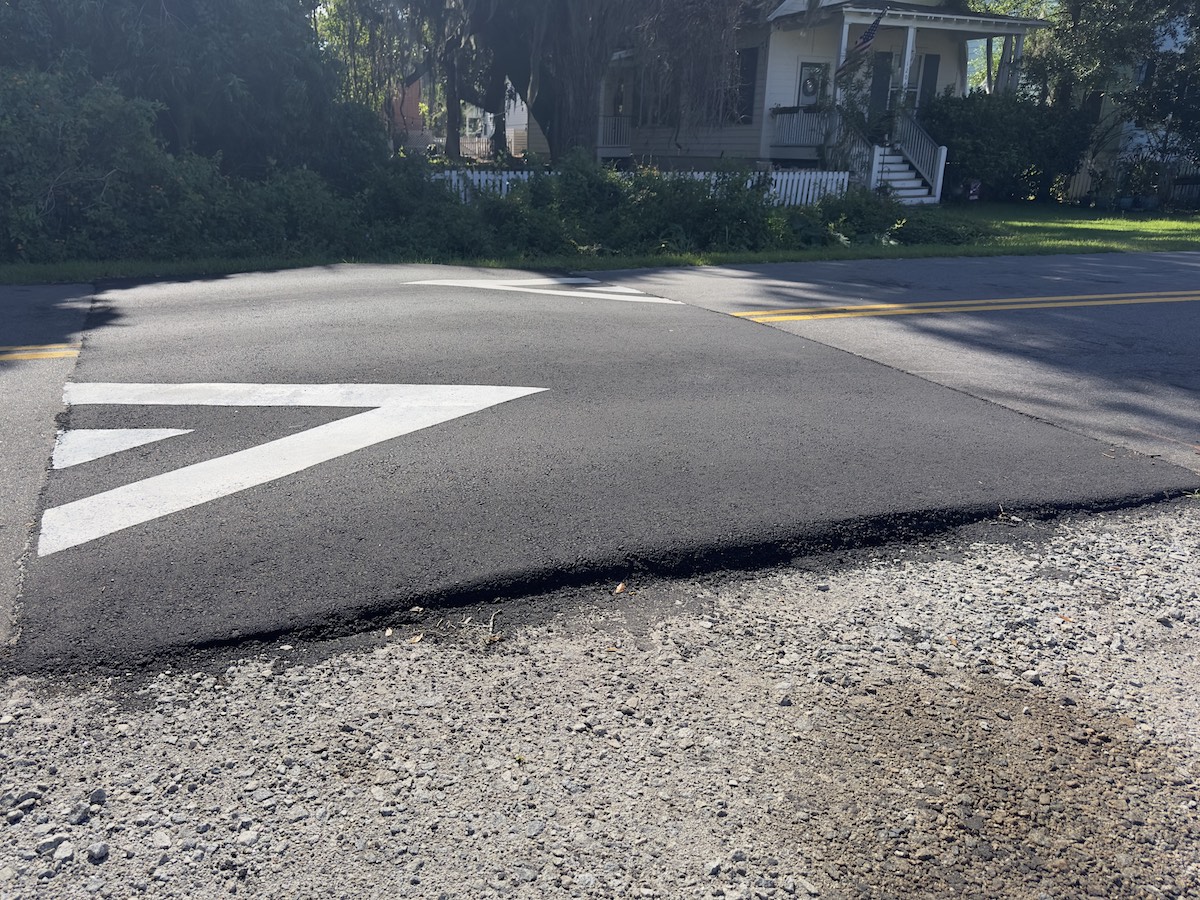Before Jamestown, before Plymouth Rock, before America’s early settlers carved out the colonies, there was Santa Elena. Settled by the Spanish in 1566, Santa Elena is acknowledged to be North America’s first European capital. It was founded by Pedro Menendez de Aviles, a former privateer for the Spanish who went on to become a renowned explorer and then South Carolina’s first governor.
Bolstered by funds from King Philip II, who sought to secure the land called La Florida for the Spanish and to protect Spain’s lucrative treasure routes, Menendez and a brave band of 400 settlers established Santa Elena somewhere along the coast of South Carolina. At its height, the settlement housed hundreds of men, women and children who battled disease, hunger and storms to eke out a perilous living. But just two decades after it was founded, Santa Elena came to a sad ending. When Sir Francis Drake attacked St. Augustine in 1586, Santa Elena’s settlers went to the rescue. They never returned. The following year, Santa Elena was consolidated with St. Augustine, Havana and other Spanish settlements.
Some 400 years later, the 16th century site of Santa Elena was discovered through archeology conducted by the South Carolina Institute of Archeology. From 1979 through the present, active projects have uncovered evidence of the story researched in historical record. The scientific proof of this history tells much about “America’s First Century” as archeologists continue to find artifacts that provide a window into how the early settlers lived.
The story of Santa Elena, and its place in history, is being shared today with visitors at the Santa Elena History Center in Beaufort, an event made possible by sponsorship from the South Carolina Humanities.
Now, in the newest chapter of the saga of Santa Elena, South Carolina underwater archeologist James Spirek will be joined by nearly a dozen eminent maritime historians and nautical archeologists at a symposium entitled, “Shipwrecks of America’s Lost Century,” April 5 from 9 a.m. to 4:30 p.m., at the USCB Center for the Arts, 805 Carteret St.
Presented by the South Carolina Institute of Archeology and Anthropology, the Osher Lifelong Learning Institute at the University of South Carolina Beaufort, and the Santa Elena Foundation, the symposium will explore Spain’s colonization attempt along the South Carolina-Georgia coast in 1526, the wrecked 1565 Ribaut fleet, and the 1576 French corsair Le Prince now resting at the bottom of Port Royal Sound.
The symposium is the highlight of a series of historical events that begins with a visit to the Beaufort Waterfront by the NAO Santa Maria, a reproduction of the flagship of Christopher Columbus’s three-ship fleet, from March 29 to April 7.
Sixteenth-century sailing ships fell victim to shipwrecks for a variety of reasons: sometimes just pure carelessness or accidents. Other times, they were overcome by storms, by enemy warships, by scuttling and more. In fact, barely two months after discovering an island in the New World, Columbus lost his ship, the Santa Maria, on the north coast of Hispaniola, the island shared today by Haiti and the Dominican Republic. Presenters at the shipwreck symposium will include a virtual who’s who of revered subject authorities representing numerous universities, museums, and organizations.







